Table of Contents
While MAs find satisfaction in the variety their daily work routines offer, some may be more inclined towards specific roles.
Here are six occupations that present excellent opportunities for MAs looking to broaden their skillset and explore new directions in their careers.
1. Phlebotomist
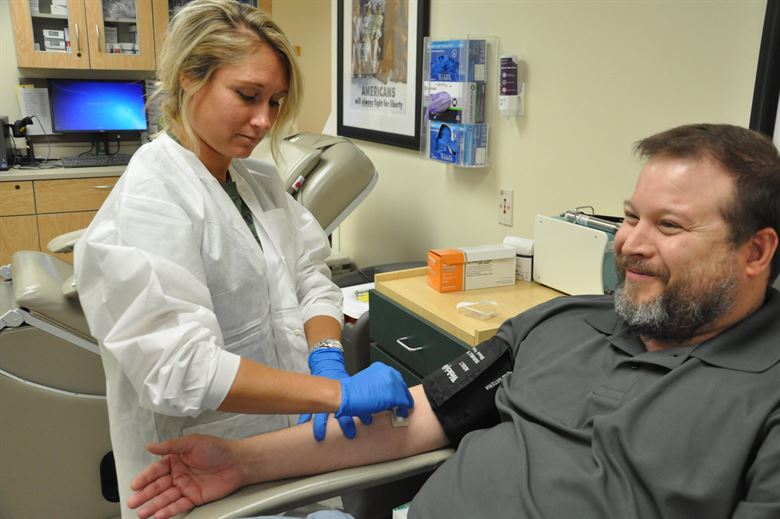
A phlebotomist is an ancillary health care professional who uses venipuncture to obtain patient blood samples. In hospital and clinic settings, the phlebotomist is also responsible for transporting specimens to the medical laboratory where tests will be run.
Phlebotomists must be over 18, and have either a high school diploma or a GED. They are not required to take specialized training, but many of them do.
Phlebotomy training focuses on teaching individuals how to draw blood and interact with patients. If you are already trained as a medical assistant, you may be able to find employment as a phlebotomist without needing further education. Generally, a license is not required for phlebotomy technicians in most states.
Phlebotomists are hourly employees, and earn on average $20.10 per hour. Job prospects are good, especially in hospital settings where the nursing shortage is being felt.
2. Radiologic Technologist (X-Ray Tech)
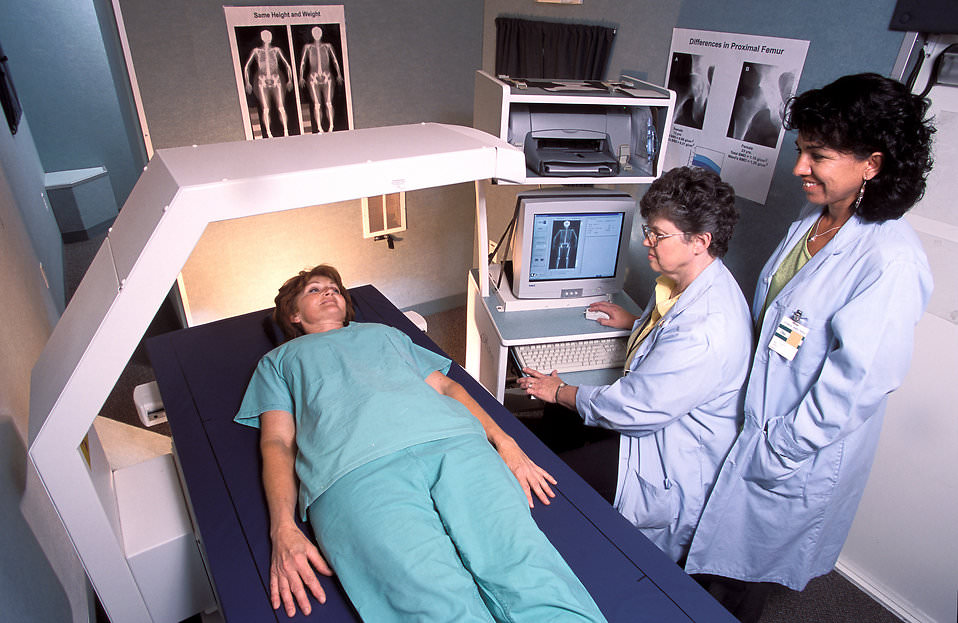
Radiologic technologists, also called RTs or x-ray techs, perform diagnostic imaging techniques on patients, such as x-rays, computerized tomography (CT) scans and magnetic resonance imaging.
They are responsible for preparing patients for procedures, positioning the patient in order to get an accurate image, operating the equipment that takes the image, and reading the image under the supervision of a radiologist among other tasks.
RTs must be licensed or certified in most states. Licensure depends upon the completion of a program accredited by the Joint Review Committee on Education in Radiologic Technology.
There are three types of radiography training programs: a 6 to 12 month certificate program through a hospital or a technical school, a two year associate degree through a junior or community college, or a four year baccalaureate at a college or university.
Most RTs get associate degrees. Programs consist of coursework in anatomy, pathology, radiation physics and evaluation of images. There is also a clinical laboratory component outside the classroom.
RTs work in hospitals, clinics or freestanding imaging centers. The occupation is expected to grow 6 percent over the next decade. The median annual wage is around $76,000.
Although some MAs perform x-rays under the supervision of the physician for whom they work, an RT’s training encompasses far more procedures.
An MA who wants to become an RT will most likely have to attend a training program in order to be licensed or certified.
If the MA has an associate degree in science, some of his or her general education credits may transfer over toward an RT degree.
3. Cardiovascular Technologist (EKG Techs)

A cardiovascular technologist uses noninvasive cardiovascular imaging techniques such as Doppler ultrasounds and electrocardiographs (EKGs) to assist physicians in diagnosing cardiac and vascular disease.
They are also responsible for analyzing test results, maintaining and preparing sophisticated equipment for use, and assisting cardiologists in complex procedures like balloon angioplasty and open heart surgery.
Cardiovascular technologists are graduates of either a two-year associate degree program through a junior college or community college, or a four-year baccalaureate degree through a college or university.
Community colleges and some hospitals also offer a one-year certificate program that focuses on the clinical elements of the job description.
Noninvasive imaging technology is a growth field. CT’s employment is expected to grow 11 percent in the next 10 years. The median annual wage for health care professionals in this field is about $80,850 .
Employers have been known to train cardiovascular technologists on the job, but these trainees are generally RTs or nurses.
MAs who think they may want to become cardiovascular technologists at some point in the future are advised to pursue an associate degree in science when they first train for medical assisting.
When they want to change careers, they most likely will have to take the one-year clinical certificate program.
4. Surgical Assistant
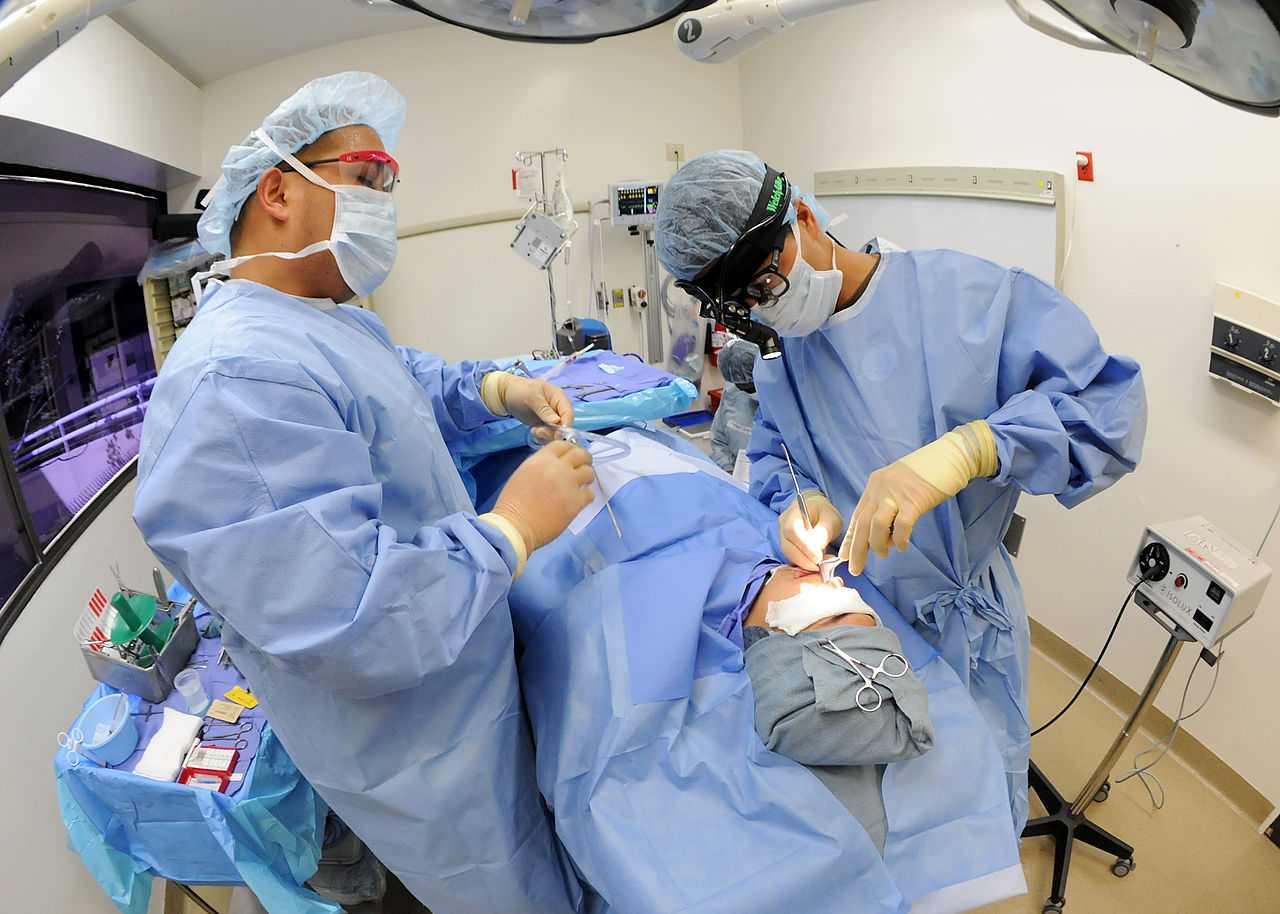
Surgical assistants have a crucial role in the operating room. They prepare the operating room and equipment for surgery, as well as assist surgeons during surgical procedures.
To become one, you can complete a certificate training program that typically takes between 9 to 12 months. These programs are available at hospitals, community or junior colleges, vocational schools, and even the military.
There are also associate degree programs that take two years to complete.
It’s worth noting that many surgical assistants choose to specialize in a specific type of surgery, like orthopedic surgery or neurosurgery.
Surgical assistants can work in hospitals or ambulatory surgical centers. The average median salary is about $60,370. The field is expected to see 6 percent employment growth in the next decade.
Medical assistants and surgical technologists share many clinical job skills. MAs, with their overlapping skill sets, have the potential to transition smoothly into the role of a surgical technologist with the right additional training and on-the-job orientation.
5. Dental Assistant
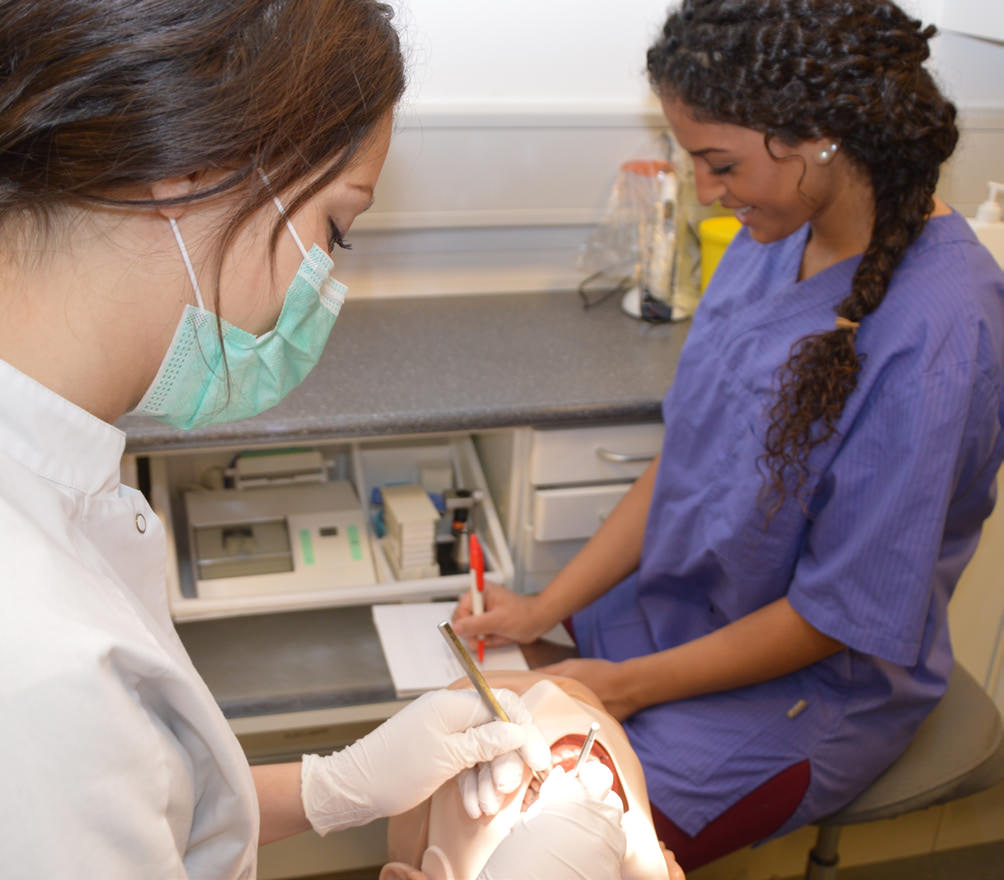
Dental assistants play a crucial role in the field of dentistry, just like medical assistants do in the medical world. While medical assistants assist physicians, dental assistants work closely with dentists to provide quality oral healthcare.
One of the primary responsibilities of dental assistants is to aid dentists during patient examinations and treatments. They contribute in various ways, such as preparing dental equipment for procedures and ensuring dentists have the necessary instruments at hand. Additionally, DAs handle tasks such as processing and developing x-rays, as well as completing various laboratory duties under the guidance and supervision of the dentist.
Similar to medical assisting, there are different educational paths to become a dental assistant. One option is a one-year diploma program offered by vocational schools. Another option is a two-year certification program often provided in partnership with community or junior colleges, leading to an associate degree.
The dental assisting field is thriving, with a projected growth rate of 11 percent from 2023 to 2033. These dedicated professionals earn a mean hourly wage of $22.38 and a median annual salary of around $46,540.
6. Medical Records Technician (MRTs)
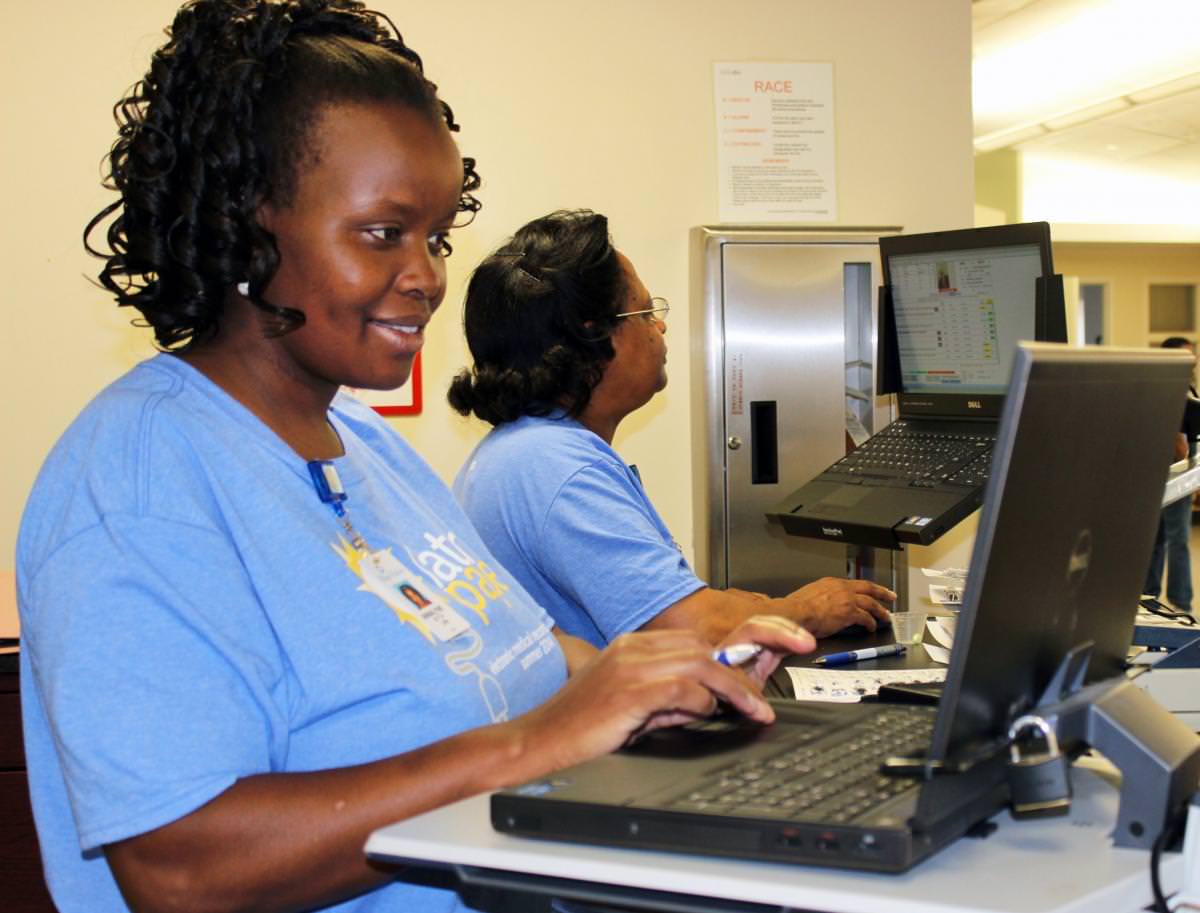
The health care sector only recently migrated from paper records to electronic patient charts, so medical records technicians (MRTs) must be comfortable dealing with both.
They are charged with organizing and managing health information. Many MRTs also work with classifications systems to code patient information for reimbursement and research purposes.
Training comprises one-year certificate programs provided by vocational schools, community or junior colleges and online education providers.
Coursework typically includes classes in medical terminology, classification and coding systems, computer systems and health care reimbursement methods.
MRTs work in a wide variety of environments, including physicians’ offices, hospitals, clinics and insurance companies.
Their median annual salary is about $48,780. Occupational growth is expected to be 9% in the next ten years.
Keeping patient records is one of the tasks that MAs are most frequently asked to do. MA training provides a strong foundation in both the theory and practice of this administrative skill.
It is likely that you can be hired into an MRT position without any additional training. However, increasingly, employers prefer to deal with MRTs who’ve been certified through the American Health Information Management Association.
If you are making this career switch, it’s a good idea to pursue certification as soon as possible.
Media attribution:
Business vector created by pikisuperstar – www.freepik.com